In 2018, at 42 years old, I finally became a homeowner. I had landscaped my previous rental properties, only to have contractors destroy the plantings, or I would move, wondering if my plants persist. Now, I had autonomy over my property and could alter the grounds as I saw fit. More accurately, I had the authority to remove or install the plants my wife approved.
Our home is in Upper Roxborough. We live in a single house on a tenth of an acre, about one hundred feet from Wissahickon Valley Park, with portions of our front and back yards on steep slopes. The space between our house and our neighbors’ is larger than the yards of the Wissinoming and Mayfair homes I grew up in. Our backyard is about 40-by-50 feet; as a native of Philadelphia, I think it’s enormous. My wife is from Texas and thinks it’s tiny.
My overall strategy was to keep the front of the house landscaped similarly to our neighbors while transforming areas of the back and side yards into wildlife habitats. Deciding what to remove and keep is a good place to start. The slope of our front yard is covered with pachysandra (Pachysandra terminalis). I wanted to remove this popular but invasive species immediately. My wife wanted to wait until we had a replacement. So, in the meantime, I planted several wild rhododendrons (Rhododendron maximum) in the pachysandra. I hope that by adding more native shrubs, I will shade out the Pachysandra as the shrubs overlap.
Outside the pachysandra patch, I planted a sweetbay magnolia (Magnolia virginiana) and a common serviceberry (Amelanchier arborea). We removed a diseased pink flowering dogwood and replaced it with an eastern redbud. We planted a southern magnolia (Magnolia grandiflora) around the side of the house. These flowering trees and shrubs are native analogs to our neighbor’s cherries and azaleas.
Our front yard hosts a gorgeous gray birch (Betula populifolia), but unfortunately, our street tree is a Bradford pear that is too expensive to remove. This invasive species often drops branches in storms. At least it attracts birds such as cedar waxwings that eat the fruit. The house also came with a dead spruce tree. We hired an arborist to remove only the portion that could fall on our neighbor’s house. We left about twelve feet of trunk for woodpeckers and other birds to enjoy. We will eventually install a screech owl box on it.
The side yard had a small grove of sassafras and a black walnut (Juglans nigra) that we gladly kept, and then added strawberry bush (Euonymus americanus), arrowwood viburnum (Viburnum dentatum) and chokeberry (Aronia arbutifolia).
The backyard is hidden behind a wooden fence, where we could get wild. The primary considerations were the steep slope and leaving some play area for a future child. Approximately one-quarter of the slope’s width along the fence was covered in English ivy. We will deal with that later. Since the steep slope is difficult to mow, it lent a convenient excuse for eliminating turf grass. We kept the grass directly behind and level with our house and the relatively flat area at the top of the hill. This area gets full sun, perfect for a native meadow.
I had about a 20-by-25 foot area to plant. We mowed the lawn very short in late May and installed about 300 plugs of around 30 native forbs (wildflowers) and grasses. Plugs of native “warm season” grasses like little bluestem (Schizachyrium scoparium) and wildflowers such as purple coneflower (Echinacea purpurea) and mountain mint (Pycnanthemum muticum) will grow in the summer and shade out the turf grass.
Now, it was time to tackle the English ivy patch. After a weed-whacking attempt gave me a bad rash thanks to some hidden poison ivy, we resorted to hand-pulling the English ivy, which has proven to be effective. We made this a shady woodland garden and planted three American pawpaws (Asimina triloba) and native shrubs. We also used herbaceous plants like American alumroot (Heuchera americana) and mayapple (Podophyllum peltatum).
In 2020, our “future” child became a reality — she is happy to help us weed. She delights in the lightning bug show, facilitated by ample areas of leaf litter where their larvae spend the winter. She recently scolded me for raking leaves, not realizing I was clearing a path. Our daughter enjoys playing on the patches of grass. She also loves exploring the meadow and watching butterflies, bees and other pollinators; I look forward to her growing up in the habitat we create together.



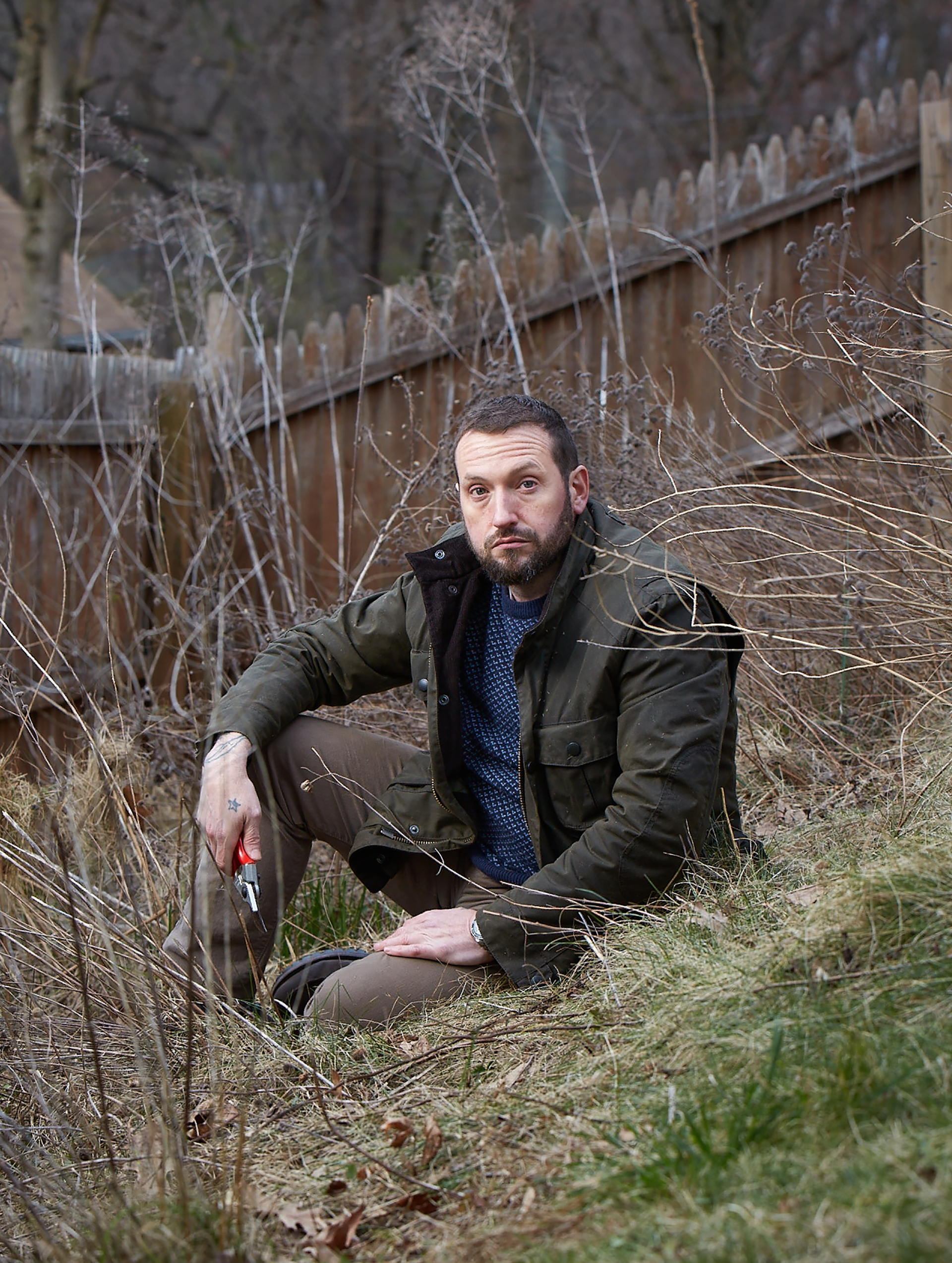

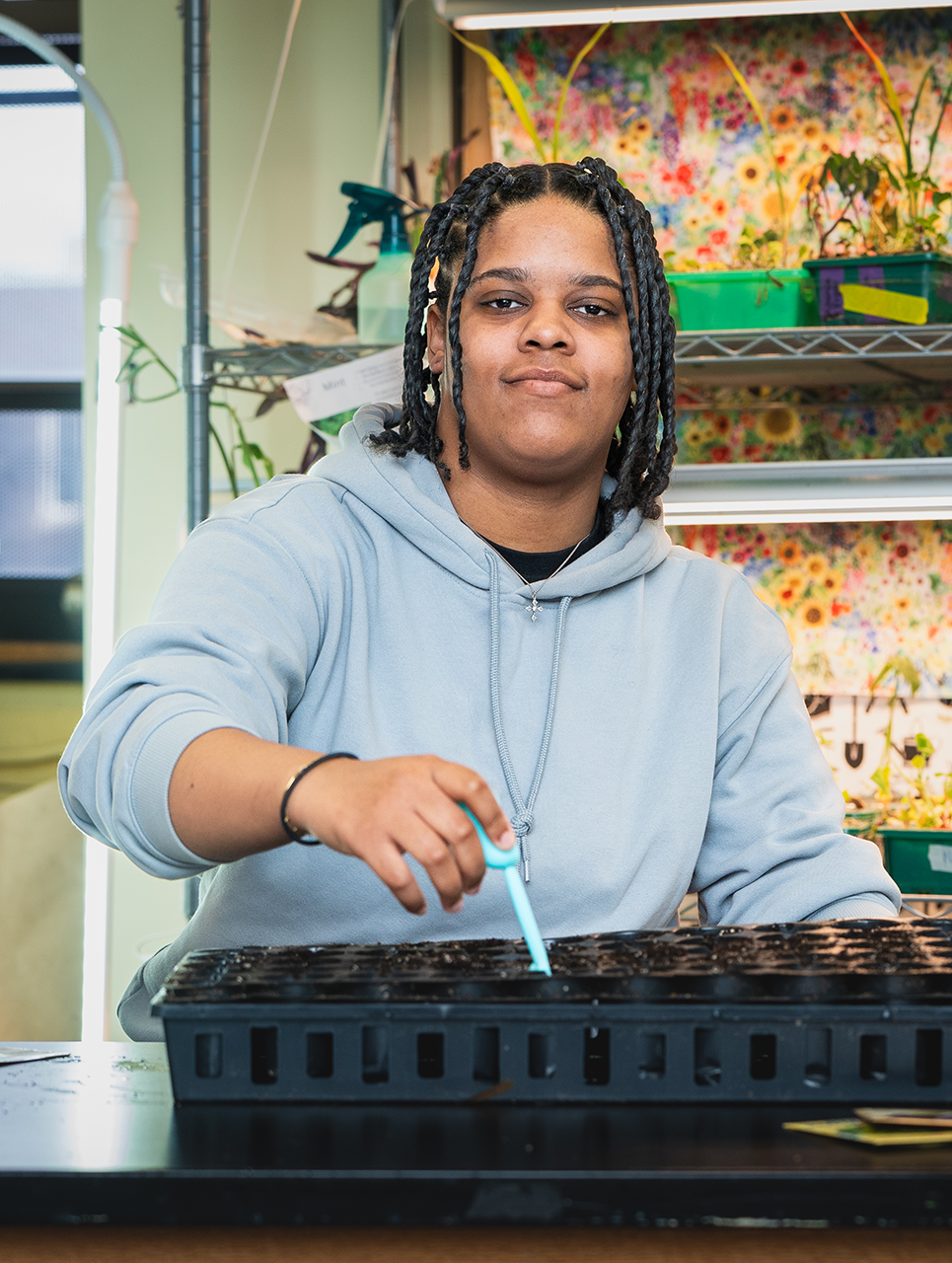
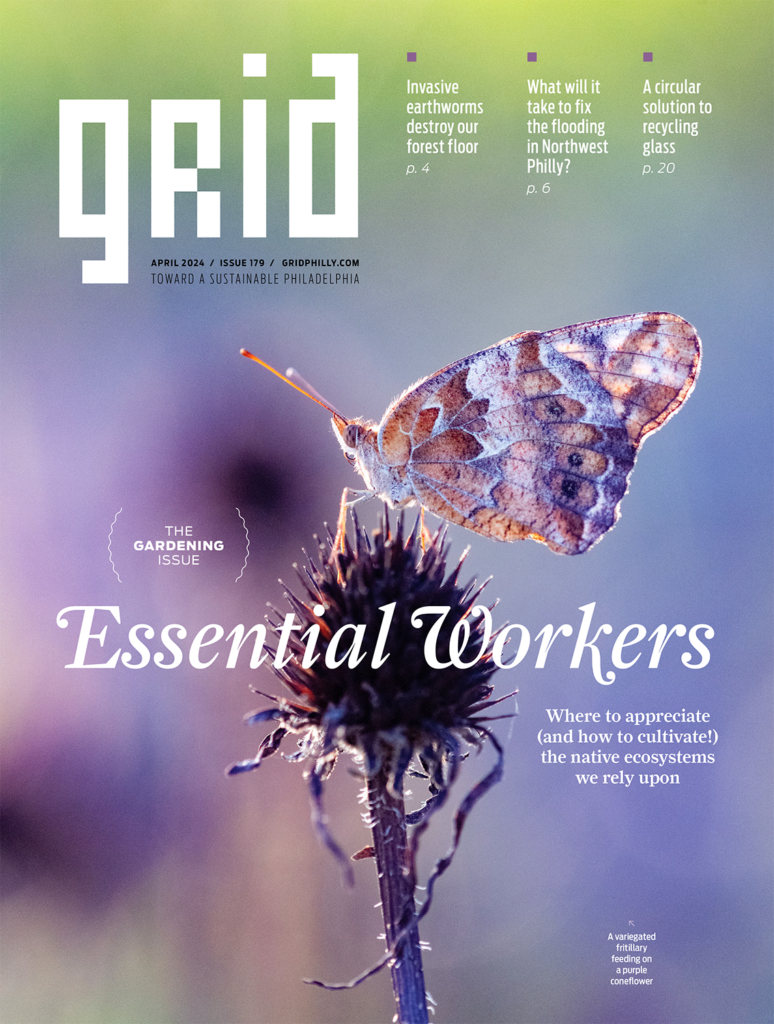
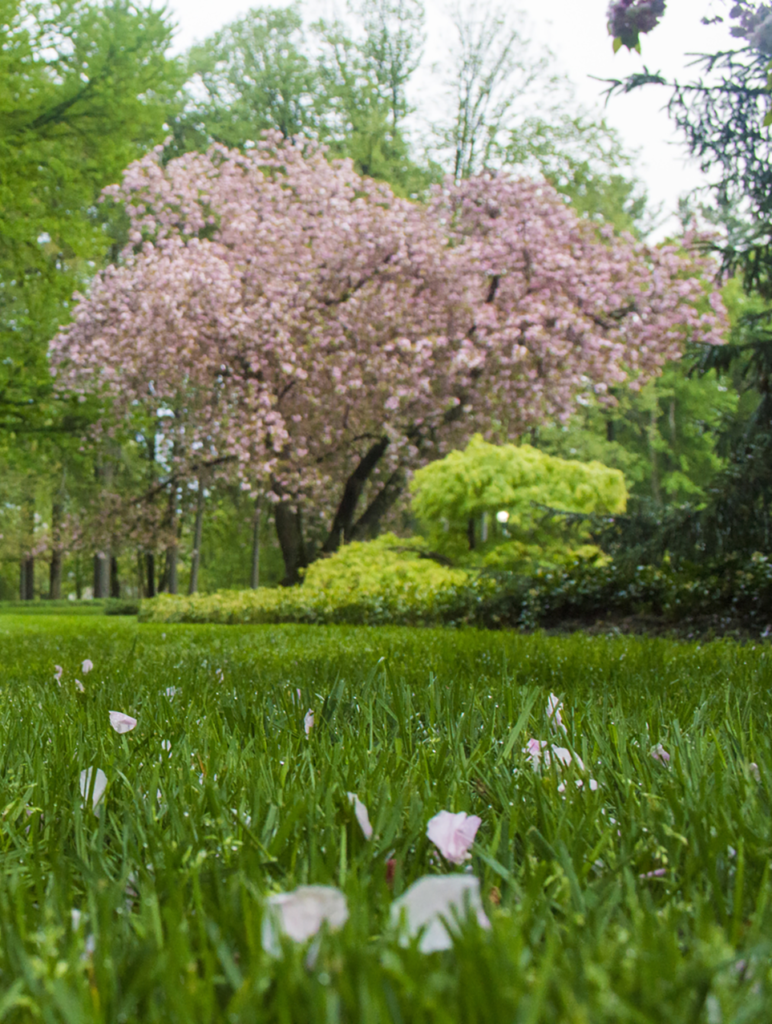


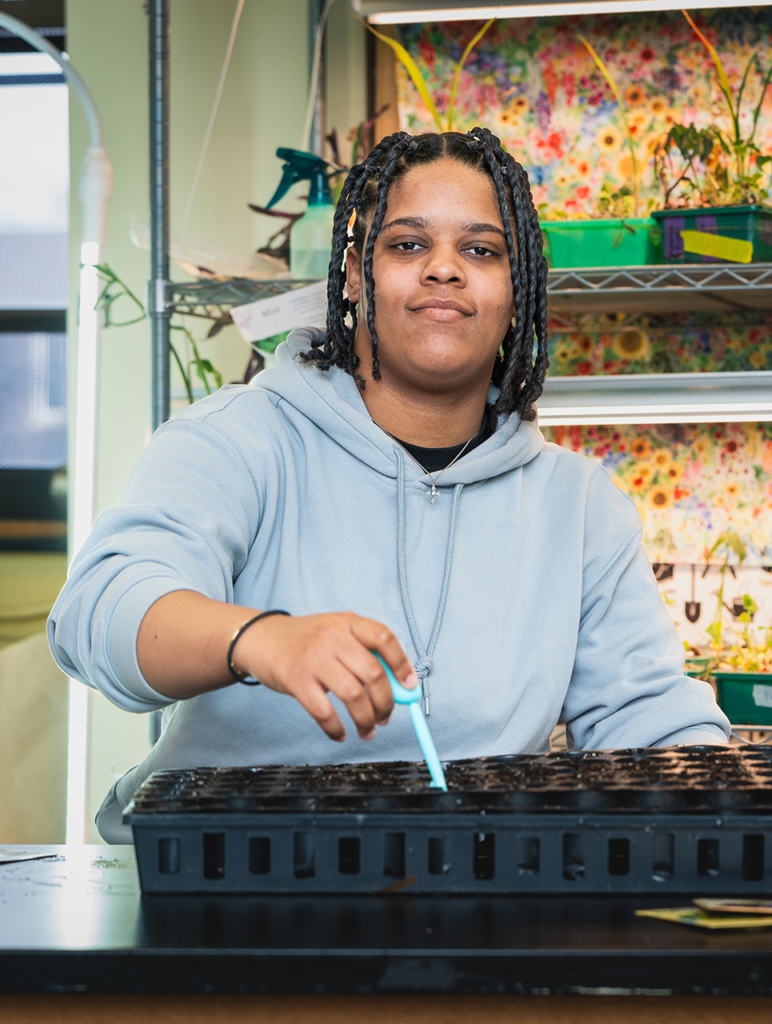
Thanks for sharing your experience in such detail so that interested others can make use of the information. And a shout-out to Mike McGraw, the plug-meister who I know labored in your back yard while the rest of his enjoyed that marvelous pre-Covid party! So glad your little ones are growing up in and getting involved so they can keep papa in line!